Types of Vegetables
Here's an overview of the types of vegetables according to their family relationships. Related vegetables may seem dissimilar due to use of different parts of the plant, such as its stalk, leaves, or fruit.
Closely related vegetables typically have similarities in taste and nutrition, although some will be unique within their family. What is a food family?
The following types of vegetables can have unique properties, but each of these healthy vegetables gives you the excellent health benefits of vegetables.
For other types of foods, see the list of fruits, list of grains, list of nuts and seeds, and list of meats and poultry.
Allium Vegetables
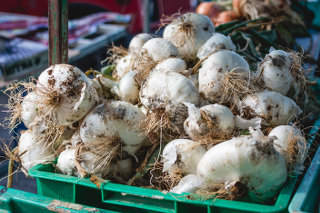
Vegetables in the onion family are anti-allergy, antioxidant, anti-cancer, anti-histamine, anti-inflammatory, antibacterial, antifungal, and antiviral!
(genus: Allium in the Allioideae subfamily of the Amarylidaceae family)
Chives
Garlic
Leeks
Onion
Shallot
Asparagus
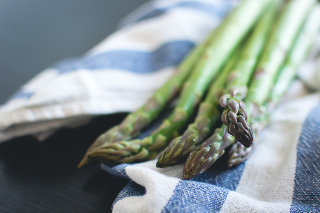
Asparagus is diuretic, detoxifying, and contains antioxidants.
(family: Asparagaceae)
Asparagus
Buckwheat Family
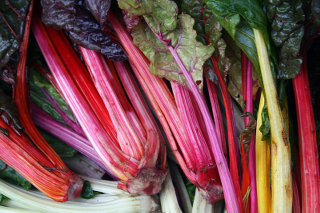
Buckwheat is the basis for soba noodles and for kasha (roasted buckwheat groats). It is unreleated to wheat. Its surprising relative, rhubarb, has toxic leaves but its stalks are used for pies and jam.
(family: Polygonaceae)
Buckwheat
Garden sorrel
Rhubarb
Composite Vegetables
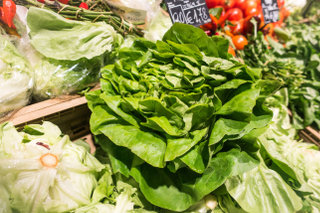
Many of our salad greens are in the Composite family.
(family: Compositae)
Artichoke
Belgian endive
Chamomile
Chicory
Curly endive / frisée
Dandelion
Endive
Escarole
Jerusalem artichoke
Lettuce
Radiccio
Romaine lettuce
Safflower
Salsify
Sunflower
Cruciferous and Brassica Vegetables
Cruciferous vegetables, especially the Brassica genus, are the cancer-fighting vegetables.
Read more on Brassica vegetables
Brassica vegetables
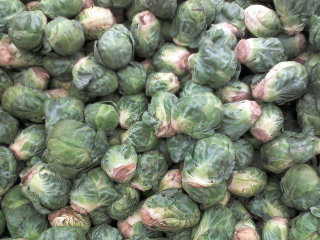
Bok choy
Broccoli
Brussels sprouts
Cabbage
Cauliflower
Chinese cabbage (Napa cabbage)
Collard greens
Kale
Kohlrabi
Mustard greens
Rapeseed oil (canola)
Rapini
Rutabaga
Turnip
Other Cruciferous Vegetables
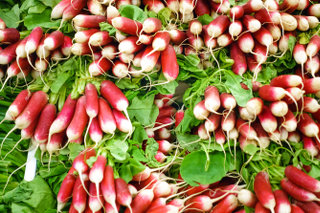
(family: Cruciferae or Brassicaceae)
Arugula (rocket)
Daikon radish
Horseradish
Maca
Radish
Virginia pepperweed
Wasabi
Watercress
Goosefoot / Amaranth Vegetables
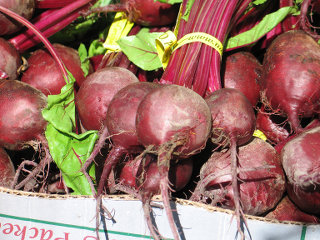
The Goosefoot family includes detoxifying roots (beets), seeds used as alternative grains (amaranth and quinoa) and highly nutritious greens.
(family: Amaranthaceae / Chenopodiacae)
Amaranth
Beet
Chard
Lamb's-quarters
Quinoa
Spinach
Sugar beet
Gourd Family
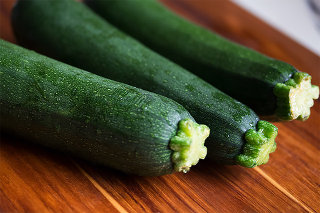
In this nutritious family, the colorful squash and melons contain important carotenoids.
(family: Cucurbitaceae)
Cucumber
Pumpkin
Squash
Zucchini
Culinary Fruit
Cantaloupe
Melons
Watermelon
Grass Family Vegetables
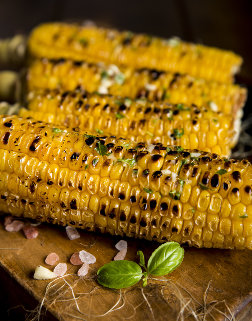
Grains such as wheat, rice, and corn are in the Grass family, and so are several vegetable and herb forms of these plants. For the grain forms, such as wheat and rice, see the list of grains.
(family: Poaceae)
Bamboo shoots
Lemongrass
Sugar cane
Sweet corn
Wheatgrass juice
Legumes

Beans and the legume family are high in protein and fiber.
(family: Leguminosae)
Alfalfa
Beans
Carob
Chickpea
Green beans
Jicama
Lentil
Pea
Peanut
Soy
Mallow Vegetables
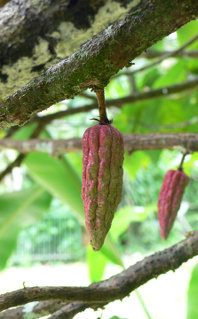
Okra is a unique and healthy vegetable used in Southern cooking. Cacao pods contain the "beans" (seeds of the fruit) that are the source of chocolate.
(family: Malvaceae)
Cacao
Cotton
Okra
Morning Glory Vegetables
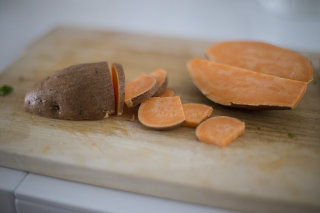
The sweet potato is a complex carbohydrate, and its orange flesh contains carotenoids and fiber. It is not related to the potato or to the true yam.
(family: Convolvulaceae)
Sweet potato
Nightshade Vegetables
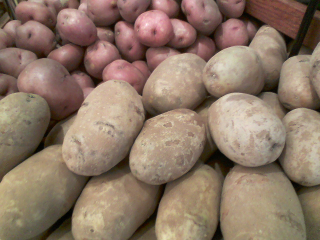
The good: colorful nightshade vegetables contain vitamin C and important antioxidants such as lycopene and lutein (and are fun vegetables).
The bad: nightshade vegetables also contain drug-like chemicals called glycoalkaloids. (Nicotine, the glycoalkaloid in tobacco, is one example.) Glycoalkaloids cause joint and muscle pain in some people.
More information on nightshade vegetables
(family: Solanaceae)
Culinary Vegetables
Bell pepper (sweet pepper)
Italian pepper
Chile pepper (examples of varieties):
- Anaheim
- Ancho
- Cascabel
- Chipotle
- Fresno
- Guajillo
- Habañero
- Jalapeño
- Pasada
- Pasilla
- Pimiento / Pimento
- Poblano
- Serrano
Eggplant
Potato
Tomato
Tomatillo
Spices
Cayenne
Chili powder (some ingredients of)
Curry (some ingredients of)
Paprika
Sauces
Ketchup
Tabasco
Culinary Fruit
Goldenberry (Cape gooseberry)
Goji berry
Pepino
Tamarillo
Other
Tobacco
Umbelliferous Vegetables
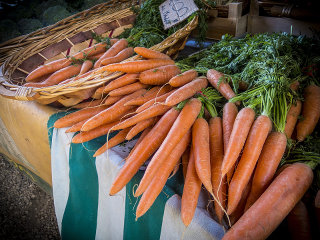
Fiber and phytochemicals combine in carrots, celery, and other umbelliferous vegetables.
(family: Umbelliferae)
Caraway
Carrot
Celery
Cilantro
Cumin
Dill
Fennel
Parsley
Parsnip
